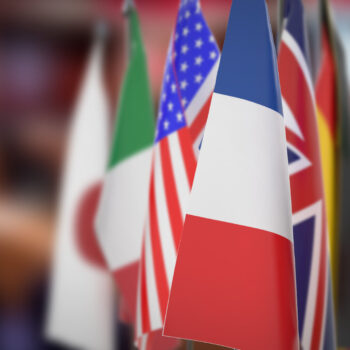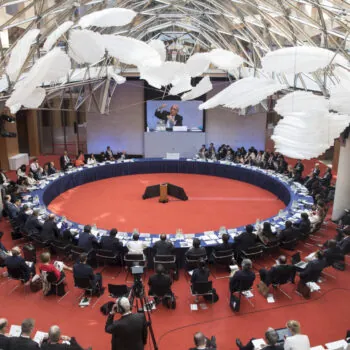Warsaw got off on the wrong foot. Typhoon Haiyan, the World Coal Summit, plus Japanese and Australian roll back rhetoric kicked off to polarise the talks. But despite initial bad news, ‘huddle’ diplomacy delivered enough outcomes to generate consensus. The habitual overrun, the tense negotiations and the lack of sunlight and sleep all culminated in some new and interesting political dynamics.
As the 2015 deadline draws near, and governments begin to understand the gravity of what they must embark upon, they push back. Warsaw witnessed countries true colours emerging. Singapore, Brazil, Australia, the US and India played duplicitous games attempting to temper ambitious proposals for how and when countries would put forward their offers.
Whilst Warsaw was never going to be the cup final of COPs, it did succeed in a number of ways. Firstly, it demonstrated to the international community the immaturity of the Polish COP Presidency’s diplomatic strategy to re-legitimise coal. The World Coal Summit backfired. This international expose of the Polish government’s obsession with coal, as well as the mounting evidence that Europe is not alone in the global endeavour to decarbonise could help to temper their opposition to European climate ambition. Polish humility in the light of the European post-2020 package would be no bad thing.
But the substance of the outcome also advanced from Doha. The result of the loss and damage negotiation was impressive given the web of red lines that needed to be manoeuvred. Redressing the balance towards adaptation through capitalising the Adaptation Fund among other adaptation actions sent an important political signal that the poorest and most vulnerable had not been forgotten. And the detail outlined on increasing ambition before 2020 demonstrated countries empathy with the sentiment and proposals the vulnerable countries had been promoting.
Of course a COP wouldn’t be a COP without some low points. Long-term Finance (LTF) was not such a great success. Even with more clarity offered on how countries would develop their LTF, the roadmap to $100 bn still looks a long way off. This figure is politically symbolic in these talks and until there is a settlement, it will not allow for the talks to shift away from a blame game.
Lastly the purpose of Warsaw was to lay the foundations for the 2015 agreement. And to this, it remains a mixed bag – the result was not sufficient to provide a robust review process for countries contributions. One of the critical reasons that Copenhagen failed was due to countries not fully understanding the flexibilities and constraints of each other’s offers. This requires both a formal process to analyse the assumptions behind the offers, but also an informal process for leaders to get to grips with what these targets mean for the real-economy and the political economy. Knowing yourself, knowing the other and understanding your leverage are key strategies to successful climate diplomacy. But not all is lost; a strong diplomatic push from pro-ambition forces in 2014 can remedy the situation. Countries cannot escape from the Ban-ki Moon Summit in 2014, where Leaders will come together to discuss climate change for the first time since Copenhagen. It will be critical for countries that ‘can do’ to come forward with ambitious offers to set the benchmark high for all countries to put forward their contributions in 2015. 2014 will be an important year for shaping the politics of climate change, and Warsaw helped set the stage.


